Home>Gardening & Outdoor>Outdoor Entertaining>How Many Blocks For A Fire Pit
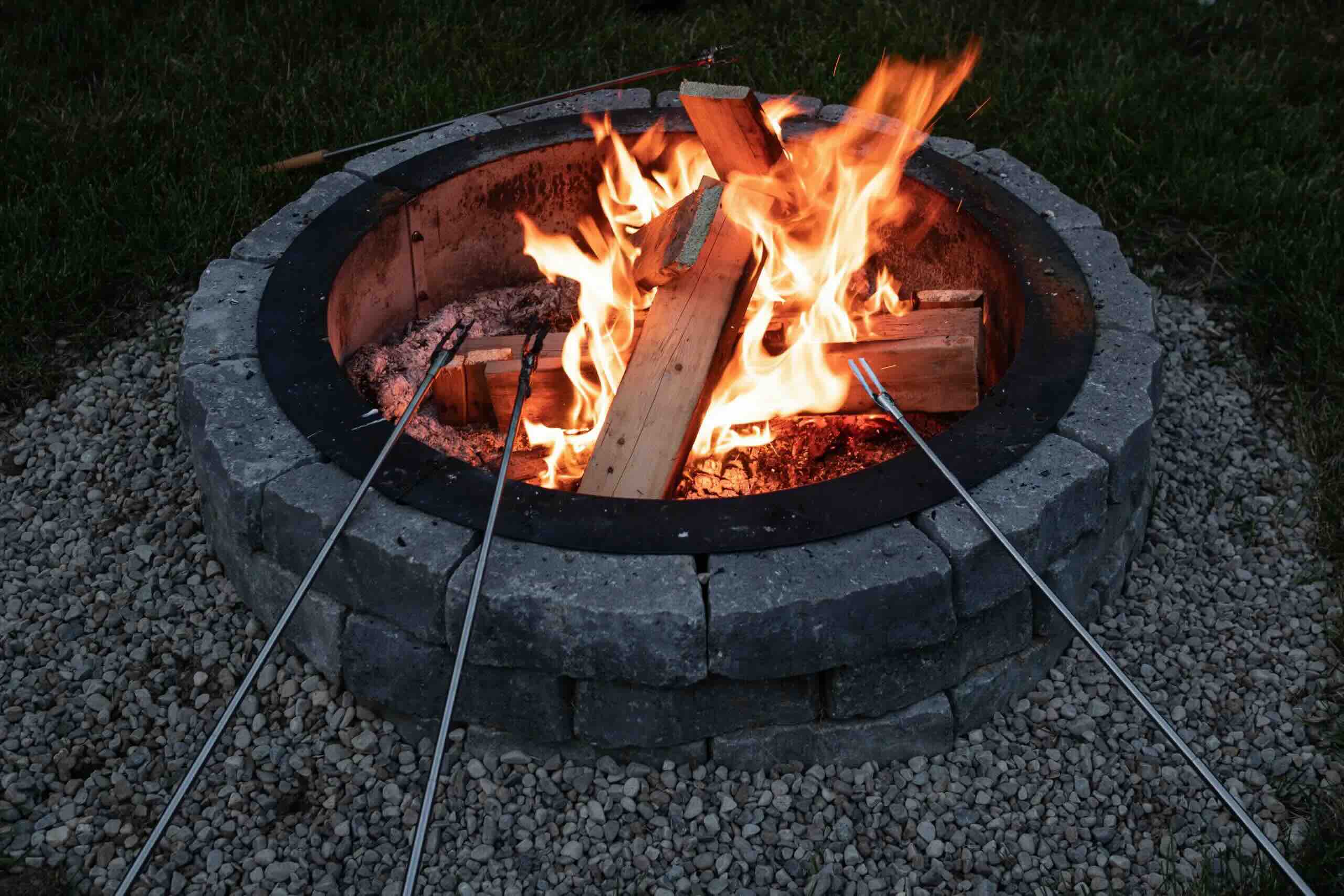

Outdoor Entertaining
How Many Blocks For A Fire Pit
Modified: August 27, 2024
Discover the ideal number of blocks needed for your outdoor fire pit. Create the perfect space for outdoor entertaining with our expert tips.
(Many of the links in this article redirect to a specific reviewed product. Your purchase of these products through affiliate links helps to generate commission for Storables.com, at no extra cost. Learn more)
**
Introduction
**
When it comes to creating a cozy and inviting outdoor space, few features rival the allure of a crackling fire pit. Whether you're envisioning lively gatherings with friends or peaceful evenings under the stars, a well-crafted fire pit can serve as the focal point of your outdoor entertainment area. However, before embarking on this exciting project, it's crucial to determine the number of blocks required to construct a fire pit that meets your specific needs. This article will delve into the essential factors to consider, such as the size of the fire pit, the type of blocks to use, the design options available, and crucial safety considerations. By the end, you'll be equipped with the knowledge to bring your dream fire pit to life while ensuring a safe and enjoyable outdoor experience for all. Let's explore the intricacies of building the perfect fire pit for your outdoor space.
Key Takeaways:
- Building a fire pit requires careful consideration of factors like size, location, and material. By understanding these elements, you can create a safe and inviting outdoor space for gatherings and relaxation.
- Prioritizing safety and thoughtful design choices are essential for constructing a fire pit. By factoring in clearance, stability, and ventilation, you can ensure a secure and enjoyable environment for enjoying the warmth and allure of a crackling fire.
Factors to Consider
Before diving into the construction of your fire pit, it’s essential to consider several key factors that will influence the number of blocks needed and the overall design. By carefully evaluating these elements, you can ensure that your fire pit not only meets your aesthetic preferences but also aligns with safety guidelines and local regulations.
Location:
The location of your fire pit is a critical consideration. Whether you envision it as a central gathering point in your backyard or a more secluded spot, the chosen location will impact the size and design of the fire pit. Additionally, local regulations may dictate specific setback requirements from structures and property lines, so be sure to research any applicable guidelines before proceeding.
Usage and Intended Atmosphere:
Consider how you plan to use the fire pit. Will it primarily serve as a cozy spot for intimate gatherings, or do you envision larger social gatherings around the fire? Understanding the intended atmosphere will help determine the size and seating capacity of the fire pit, which in turn influences the number of blocks needed for construction.
Material and Design Preferences:
The type of blocks or stones you choose for your fire pit will significantly impact the quantity required. Additionally, the design style, whether it’s a traditional circular pit or a more contemporary square design, will influence the block count. Factor in any additional features, such as seating walls or integrated cooking surfaces, as these will also require specific materials.
Local Climate and Safety Regulations:
Take into account your local climate and any relevant safety regulations when planning your fire pit. For instance, if your area is prone to high winds, you may need to incorporate windbreaks into the design, which can affect the overall block count. Moreover, familiarize yourself with fire pit regulations, including required clearances and permissible fuel types, to ensure compliance with local safety standards.
Accessibility and Construction Constraints:
Assess the accessibility of the chosen location and any potential construction constraints. Factors such as the need for heavy machinery, terrain irregularities, or limited access for transporting materials can impact the logistics of building the fire pit and may influence the choice of blocks and construction methods.
By carefully considering these factors, you can lay the groundwork for a well-planned and thoughtfully constructed fire pit that seamlessly integrates with your outdoor space while prioritizing safety and functionality.
Size of Fire Pit
The size of your fire pit plays a pivotal role in determining the quantity of blocks required for its construction. The dimensions of the fire pit not only affect the visual impact but also influence the overall ambiance and functionality of the space. When contemplating the size of your fire pit, several considerations come into play:
Seating Capacity:
One of the primary factors influencing the size of the fire pit is the desired seating capacity. If you envision intimate gatherings with a few close friends, a smaller fire pit with a diameter of around 36 to 44 inches may suffice. Conversely, for larger social gatherings, a fire pit with a diameter exceeding 50 inches can accommodate more guests comfortably. The seating arrangement, whether in the form of dedicated seating walls or freestanding chairs, should also be factored into the overall size calculation.
Space Utilization:
Consider how the fire pit will integrate with the surrounding space. If you have a generously sized outdoor area, a larger fire pit may complement the expansive setting. Conversely, for more compact spaces, a modestly sized fire pit can create a cozy and inviting atmosphere without overwhelming the area. Additionally, the fire pit’s proximity to other outdoor features, such as dining areas or lounging spaces, should be taken into account to ensure harmonious spatial utilization.
Visual Impact:
The visual impact of the fire pit within the outdoor environment is a crucial aspect to consider. The size should harmonize with the overall aesthetic and scale of the space. A substantial fire pit can serve as a striking focal point in a spacious backyard, while a smaller, more discreet fire pit may be better suited for a quaint patio or garden area.
Fire Pit Functionality:
Think about how you intend to use the fire pit. If it will primarily serve as a source of warmth and ambiance, a moderate size may be sufficient. However, if you plan to incorporate cooking features, such as a grill grate or rotisserie, into the fire pit, additional space will be necessary to accommodate these elements.
By carefully evaluating these factors, you can determine the ideal size for your fire pit, which in turn will guide the selection of the appropriate quantity of blocks needed for its construction. Whether you opt for a compact and intimate gathering spot or a more expansive fire pit for larger social gatherings, the size of the fire pit is a fundamental consideration in the construction process.
Type of Blocks
Choosing the right type of blocks for your fire pit is a crucial decision that significantly impacts the overall aesthetic, durability, and construction requirements. The selection of blocks or stones should align with your design preferences, functional needs, and budget considerations. Here are some common types of blocks used in fire pit construction:
Concrete Blocks:
Concrete blocks, also known as cinder blocks, are a popular choice for constructing fire pits due to their affordability and versatility. These blocks are available in various sizes and shapes, allowing for flexibility in design. However, it’s essential to select concrete blocks specifically designed for high-temperature applications to ensure safety and longevity.
Natural Stone:
Natural stone offers a timeless and rustic appeal, making it an excellent choice for creating visually striking fire pits. Materials such as fieldstone, limestone, and granite lend a unique and organic charm to the fire pit. While natural stone may be pricier than concrete blocks, its durability and aesthetic appeal make it a desirable option for outdoor fire pit construction.
Retaining Wall Blocks:
Retaining wall blocks, designed for creating sturdy and visually appealing retaining walls, can also be utilized for constructing fire pits. These blocks often feature interlocking mechanisms, facilitating ease of assembly and ensuring structural integrity. With a wide range of colors and textures available, retaining wall blocks offer ample design versatility.
Fire Bricks:
For the fire pit’s interior, especially in areas exposed to direct flames and high temperatures, fire bricks are essential for creating a heat-resistant lining. These specialized bricks are designed to withstand extreme heat, making them a crucial component for ensuring the fire pit’s safety and longevity.
Paver Stones:
Paver stones, commonly used for outdoor flooring and landscaping projects, can also be repurposed for fire pit construction. Their uniform shape and smooth finish lend themselves to contemporary designs, while their durability and heat resistance make them suitable for withstanding the rigors of a fire pit environment.
When selecting the type of blocks for your fire pit, it’s important to consider not only the visual appeal but also the material’s heat resistance, durability, and compatibility with the intended design. By choosing blocks that align with your aesthetic vision and functional requirements, you can create a fire pit that seamlessly integrates with your outdoor space while standing the test of time.
For a standard round fire pit, you will need about 36 retaining wall blocks. For a square or rectangular fire pit, you will need to calculate the perimeter and divide by the length of the blocks.
Fire Pit Design
The design of your fire pit encompasses a myriad of elements, including its shape, style, and additional features, all of which contribute to the overall ambiance and functionality of the outdoor space. By carefully considering the following design aspects, you can determine the precise number of blocks needed and ensure that your fire pit aligns with your vision for a captivating and inviting outdoor retreat.
Shape and Configuration:
The shape of the fire pit significantly influences the quantity and arrangement of blocks required for construction. Whether you opt for a traditional circular design, a contemporary square or rectangular layout, or a custom asymmetrical shape, each configuration will dictate the specific block count and placement. Additionally, consider whether the fire pit will feature straight or curved edges, as this detail impacts the intricacy of block installation.
Integrated Seating:
If your design includes integrated seating walls or ledges, factor in the additional blocks needed to create these features. Seating walls not only enhance the functionality of the fire pit area but also contribute to its visual appeal, providing a seamless and inviting gathering space for family and friends.
Multi-Level Design:
A multi-level fire pit design, featuring tiered or staggered levels, adds depth and visual interest to the outdoor space. However, this design concept may require a more intricate arrangement of blocks, as well as additional materials for creating the elevated sections.
Decorative Accents:
Consider incorporating decorative accents, such as cap stones, contrasting paver patterns, or mosaic tile inserts, to personalize the fire pit and complement the surrounding landscape. These embellishments can elevate the aesthetic appeal of the fire pit while necessitating specific blocks or materials to bring your design vision to life.
Customization for Cooking Features:
If your fire pit will include cooking features, such as a built-in grill or rotisserie, customization for these elements should be factored into the design. This may involve incorporating additional heat-resistant materials or modifying the block layout to accommodate the cooking apparatus.
By carefully conceptualizing the design of your fire pit, including its shape, additional features, and decorative elements, you can accurately calculate the quantity of blocks needed for construction. Whether you opt for a classic and minimalist design or a more elaborate and multifunctional layout, the fire pit design serves as the cornerstone for creating an inviting and captivating outdoor space.
Read more: How To Make A Cinder Block Fire Pit
Safety Considerations
When constructing a fire pit, prioritizing safety is paramount to ensure a secure and enjoyable outdoor environment for you and your guests. By carefully addressing various safety considerations, you can not only determine the appropriate number of blocks needed but also create a fire pit that complies with essential safety guidelines and minimizes potential hazards.
Clearance and Placement:
Before commencing construction, carefully assess the placement of the fire pit in relation to nearby structures, vegetation, and overhead obstructions. Adequate clearance from combustible materials, such as trees, shrubs, and overhanging branches, is essential to prevent accidental fires. Additionally, maintain proper distances from buildings, fences, and other flammable objects, adhering to local regulations and manufacturer recommendations.
Foundation Stability:
Ensuring a stable and level foundation for the fire pit is crucial for its long-term structural integrity and safety. The foundation, typically composed of compacted gravel or a concrete base, provides a secure footing for the blocks and helps prevent shifting or settling over time. By establishing a robust foundation, you can create a safe and durable platform for the fire pit’s construction.
Heat-Resistant Materials:
Utilize heat-resistant materials, such as fire bricks or blocks specifically designed for high-temperature applications, in areas exposed to direct flames and intense heat. These specialized materials safeguard the structural components of the fire pit, preventing premature deterioration and minimizing the risk of fire hazards.
Proper Ventilation:
Facilitate proper ventilation within the fire pit to promote efficient combustion and reduce the accumulation of smoke and fumes. Adequate airflow not only enhances the fire’s performance but also mitigates the potential for smoke-related discomfort and respiratory issues for those gathered around the fire pit.
Fire Containment and Spark Arrestors:
Consider incorporating features to contain the fire effectively, such as a fire pit insert or a metal fire ring, to prevent embers and sparks from escaping. Additionally, spark arrestors, which can be integrated into the design, help minimize the risk of stray sparks igniting surrounding materials, enhancing overall safety.
Clear Safety Guidelines:
Establish and communicate clear safety guidelines for the use of the fire pit, including rules for fueling, extinguishing, and monitoring the fire. Educating users about safe practices and fire management procedures fosters a responsible and secure environment for enjoying the fire pit.
By conscientiously addressing these safety considerations, you can not only ascertain the precise number of blocks required for constructing a safe fire pit but also create an environment where you and your guests can relish the warmth and allure of a crackling fire with peace of mind.
Conclusion
As you embark on the journey of creating a captivating outdoor space with a carefully crafted fire pit, the considerations outlined in this article serve as guiding principles to ensure a successful and fulfilling endeavor. By evaluating factors such as the fire pit’s size, the selection of appropriate blocks, the intricacies of the design, and the critical aspect of safety, you can set the stage for a fire pit that not only enriches your outdoor environment but also fosters unforgettable moments with family and friends.
Understanding the significance of these elements empowers you to make informed decisions throughout the planning and construction process, ultimately culminating in a fire pit that seamlessly integrates with your outdoor landscape. Whether you opt for a cozy and intimate fire pit for quiet evenings or a more expansive design to accommodate lively gatherings, the careful consideration of these factors ensures that the end result aligns with your vision and functional needs.
Moreover, the emphasis on safety considerations underscores the importance of creating a secure and hazard-free environment around the fire pit. By adhering to essential safety guidelines and implementing measures to mitigate potential risks, you can enjoy the warmth and ambiance of the fire pit with confidence and tranquility.
In essence, the construction of a fire pit transcends the mere assembly of blocks; it embodies the creation of a focal point that beckons warmth, camaraderie, and relaxation. As you bring your vision to life, may the crackling flames of your fire pit kindle cherished memories and provide a welcoming haven for countless gatherings and moments of respite in the great outdoors.
With a thoughtful approach to size, block selection, design, and safety, your fire pit will stand as a testament to the art of outdoor entertaining, beckoning all who gather to bask in its radiant glow.
Ready to transform your outdoor areas further? After setting up your fire pit, consider boosting your deck's appeal with vibrant decor that enhances outdoor living. For those with a green thumb, our collection of creative garden fence ideas offers stylish ways to frame your space. If a covered retreat sounds ideal, delve into our designs for the ultimate patio spaces, perfect for any weather. Each guide provides practical tips and inspiring ideas to make your exterior as welcoming as your home's interior.
Frequently Asked Questions about How Many Blocks For A Fire Pit
Was this page helpful?
At Storables.com, we guarantee accurate and reliable information. Our content, validated by Expert Board Contributors, is crafted following stringent Editorial Policies. We're committed to providing you with well-researched, expert-backed insights for all your informational needs.
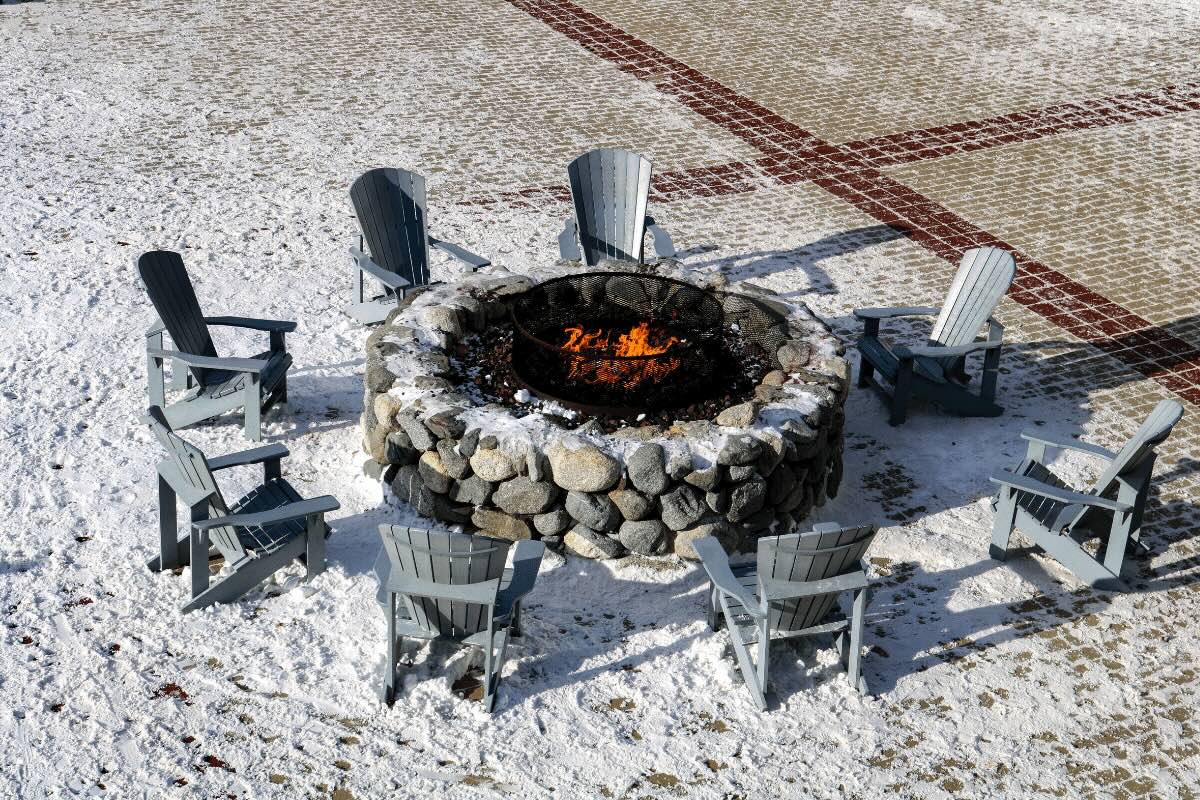
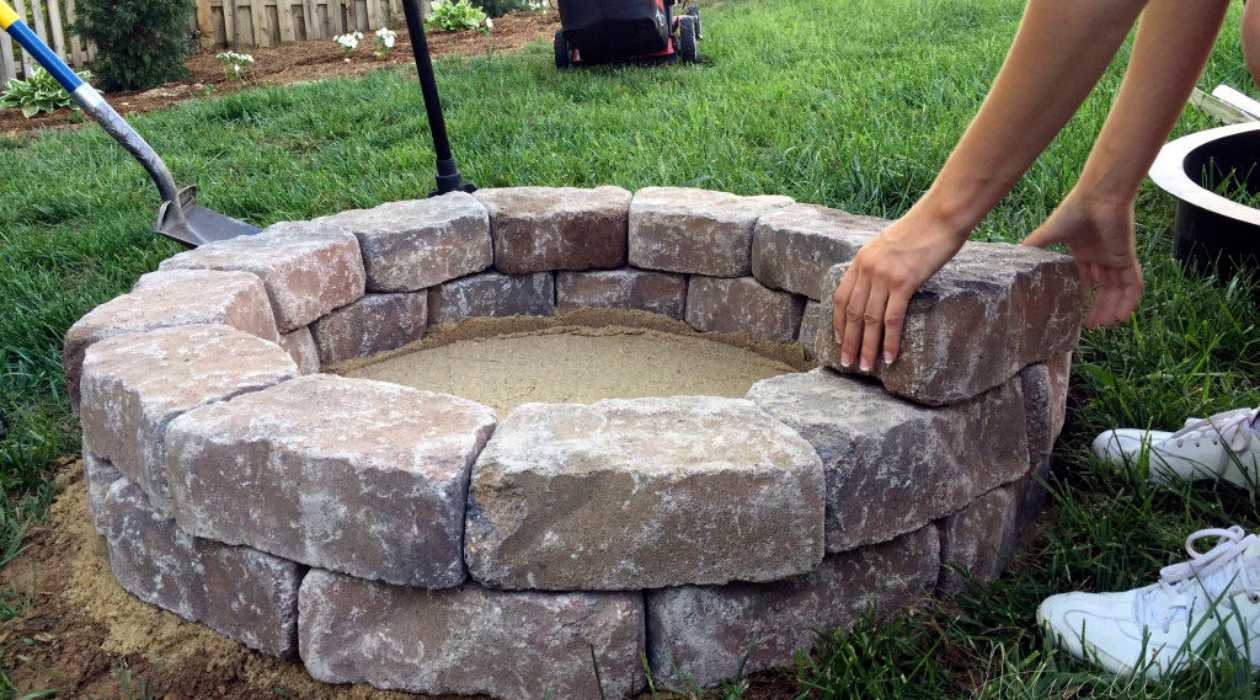
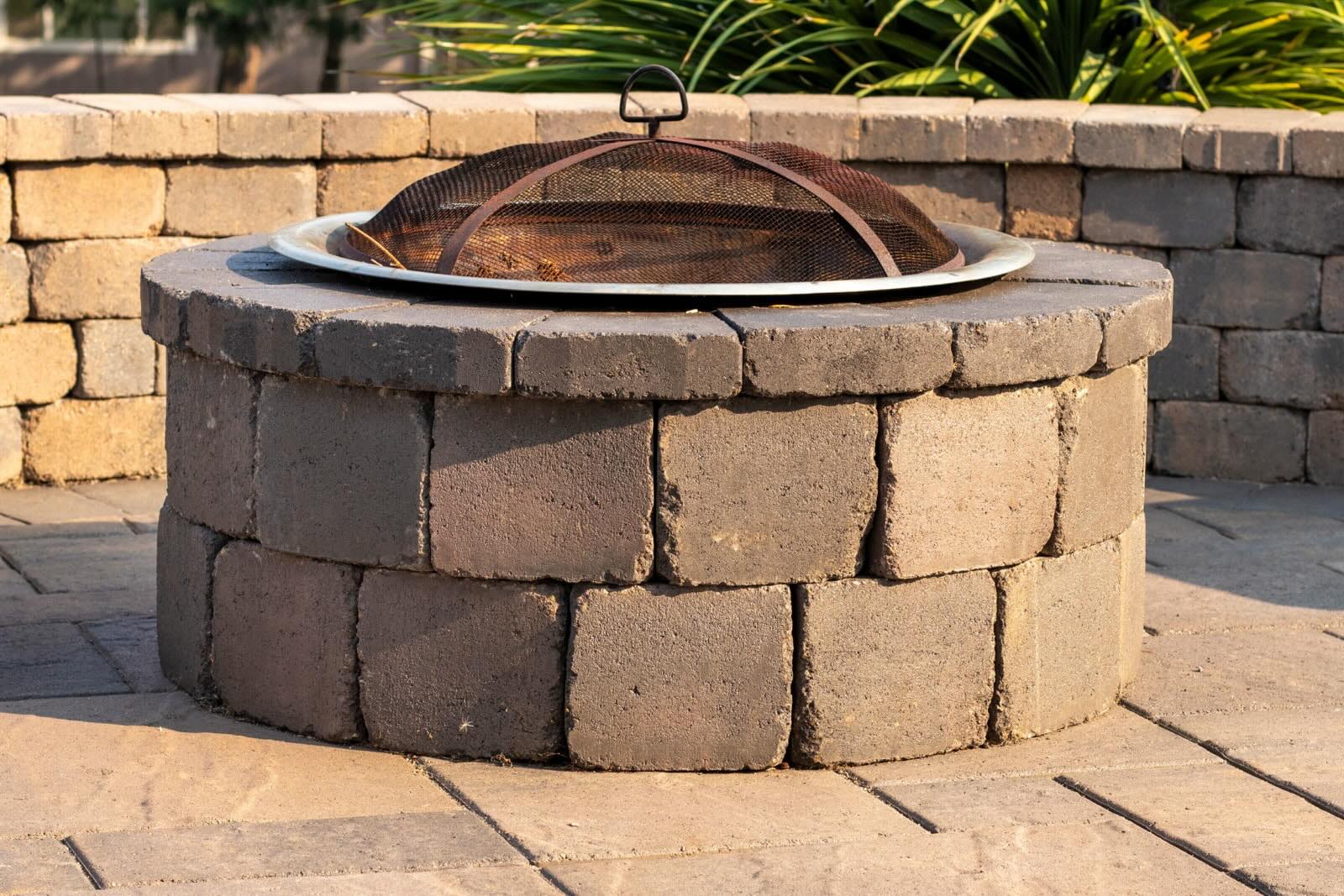
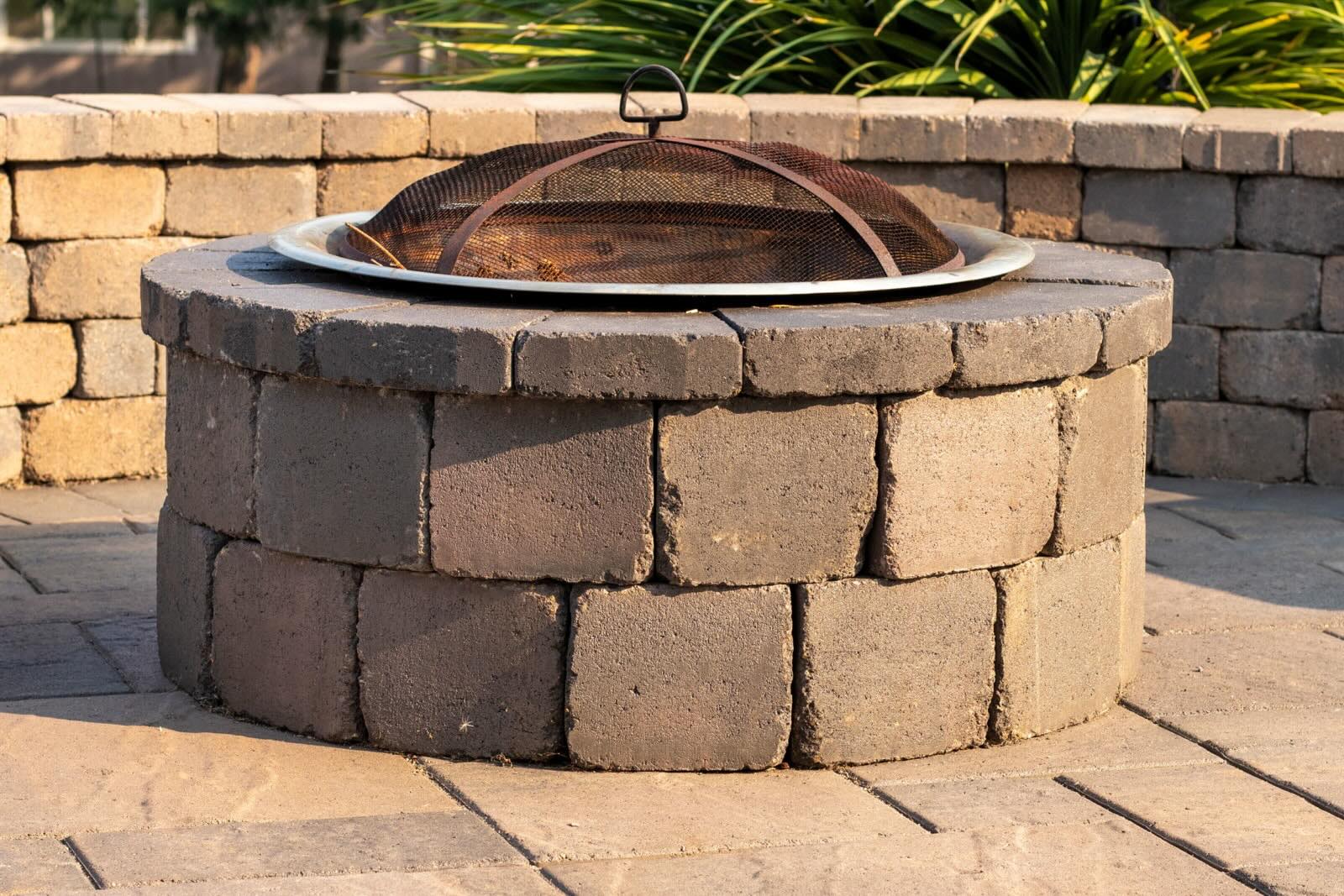
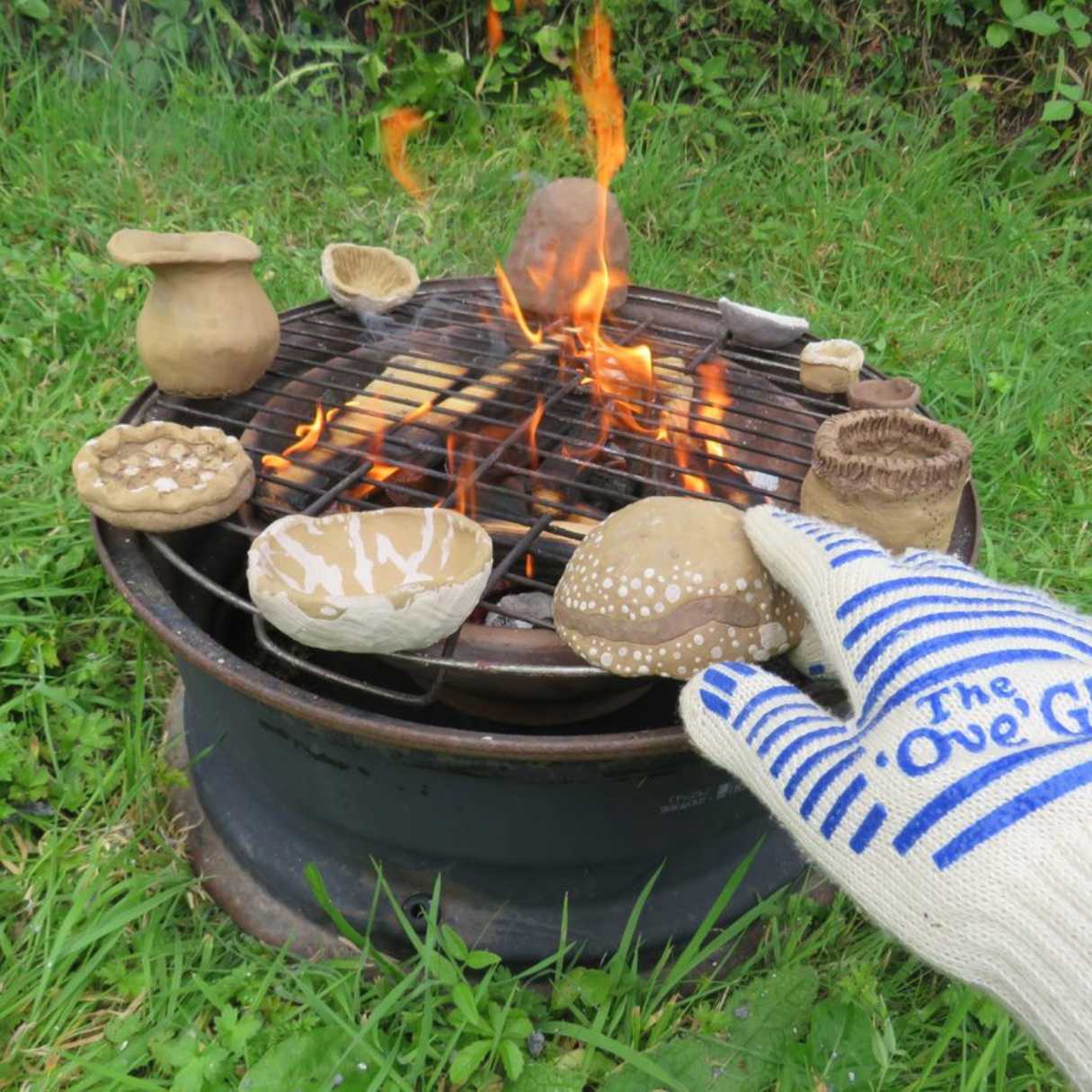
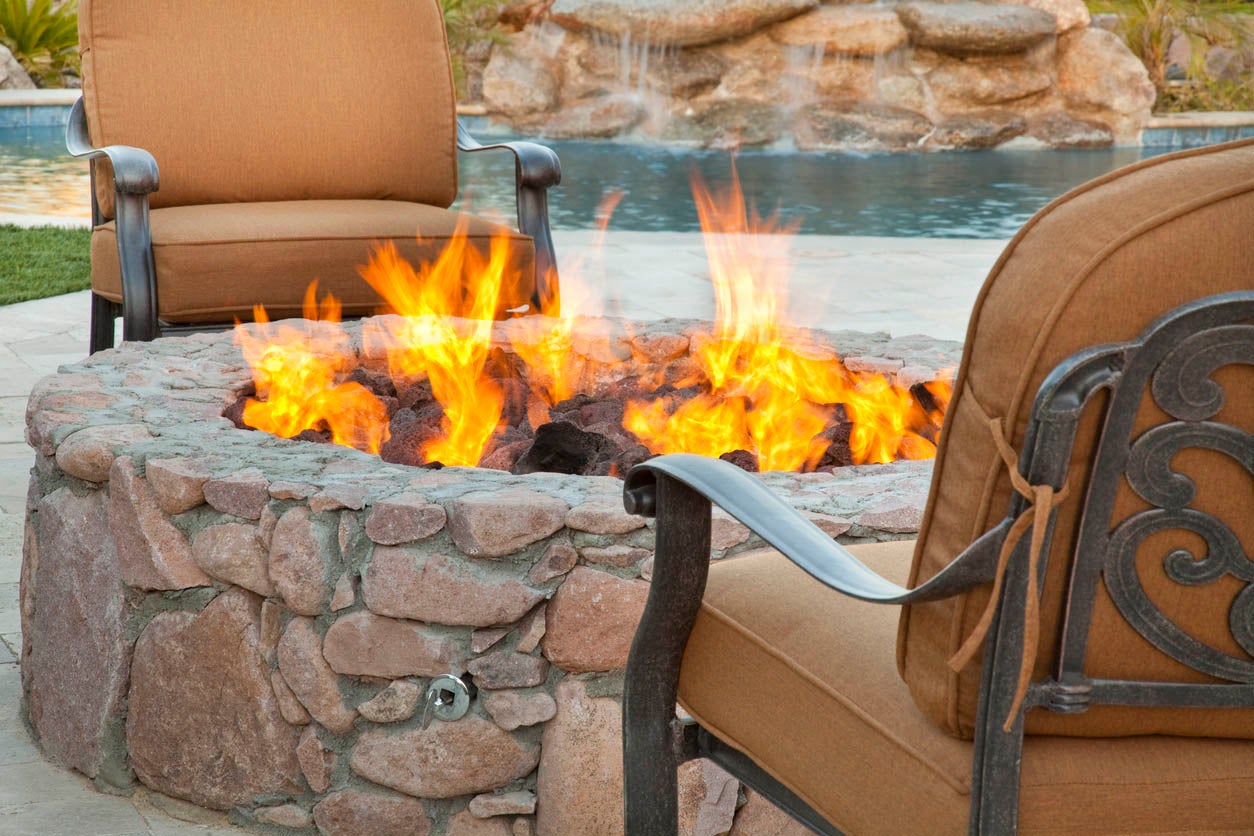
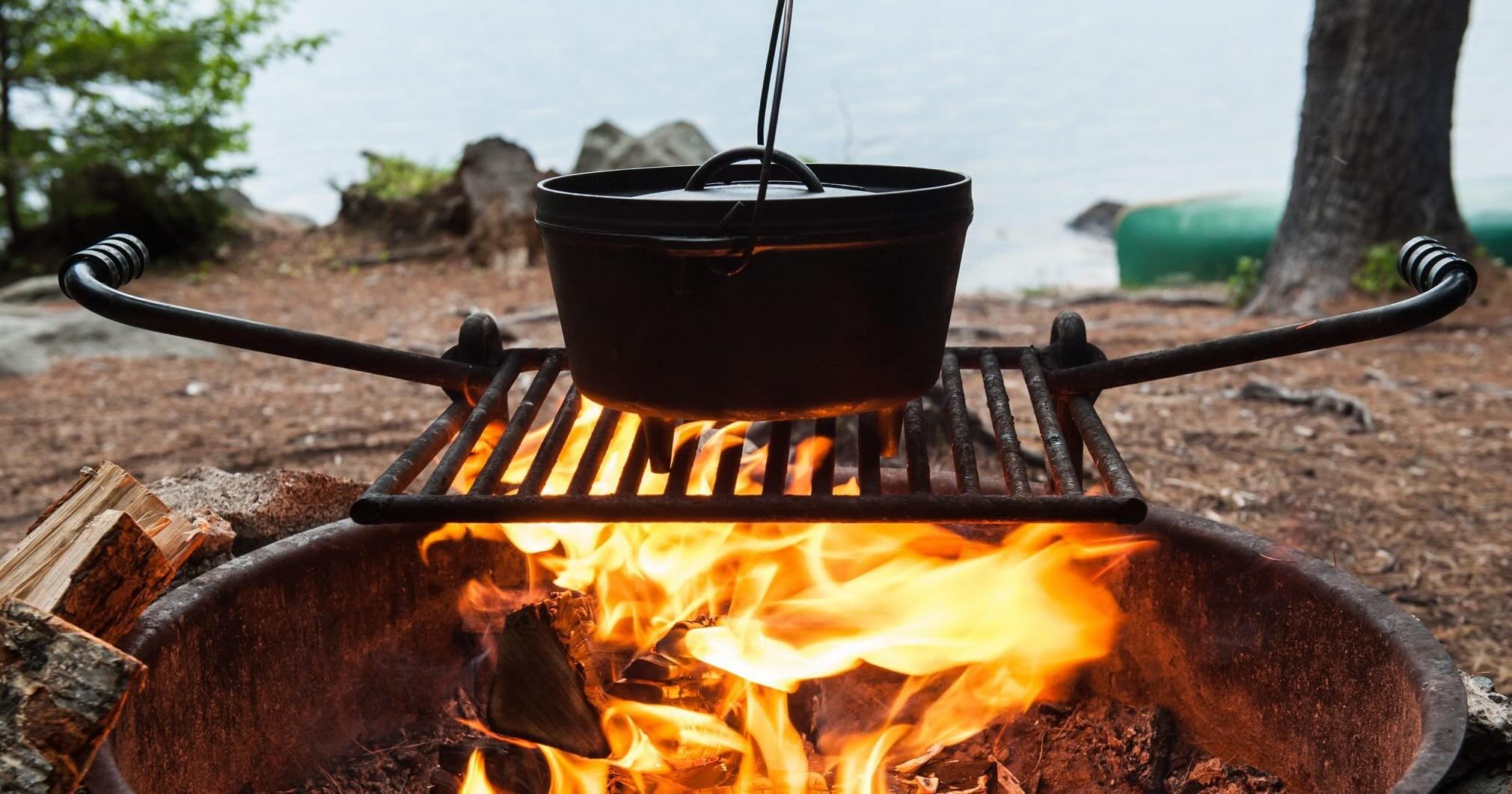
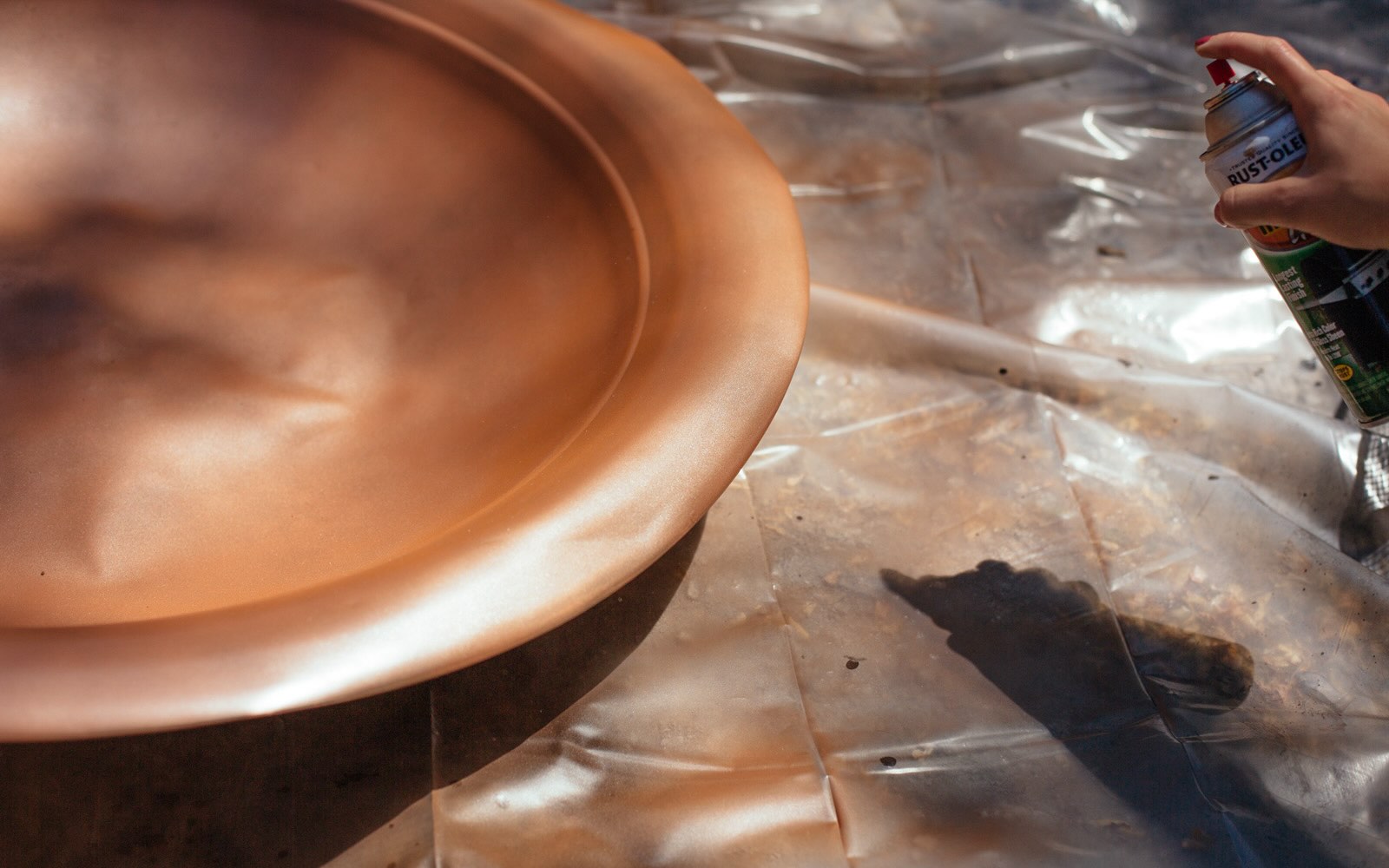
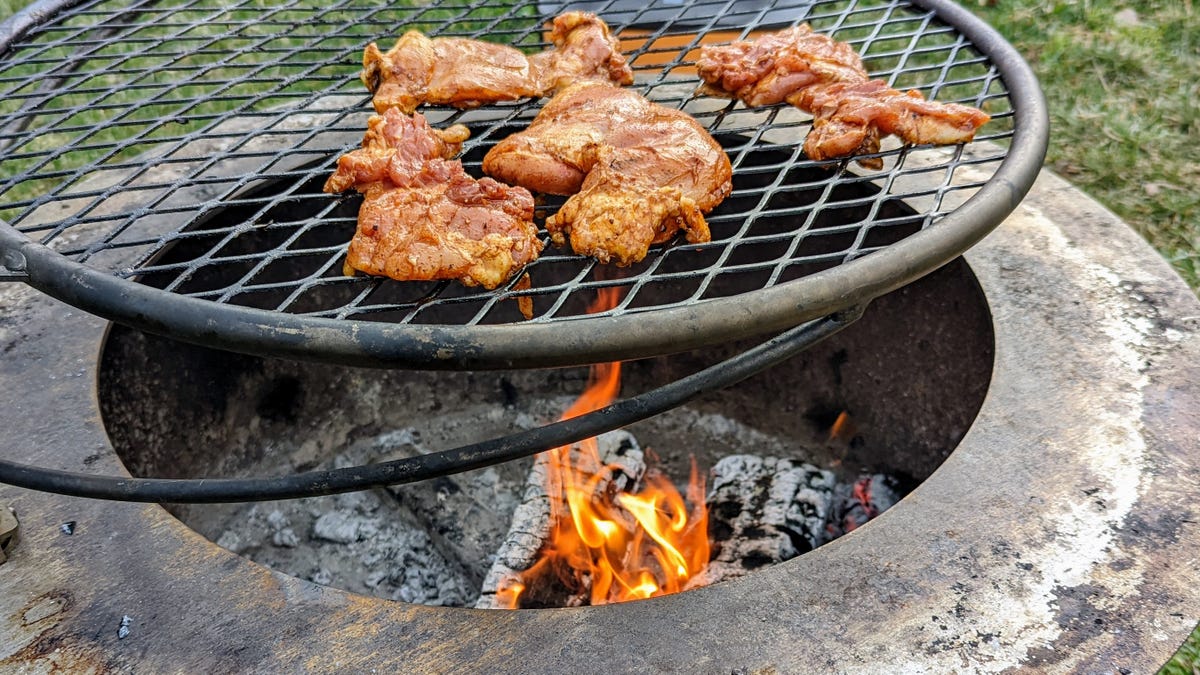
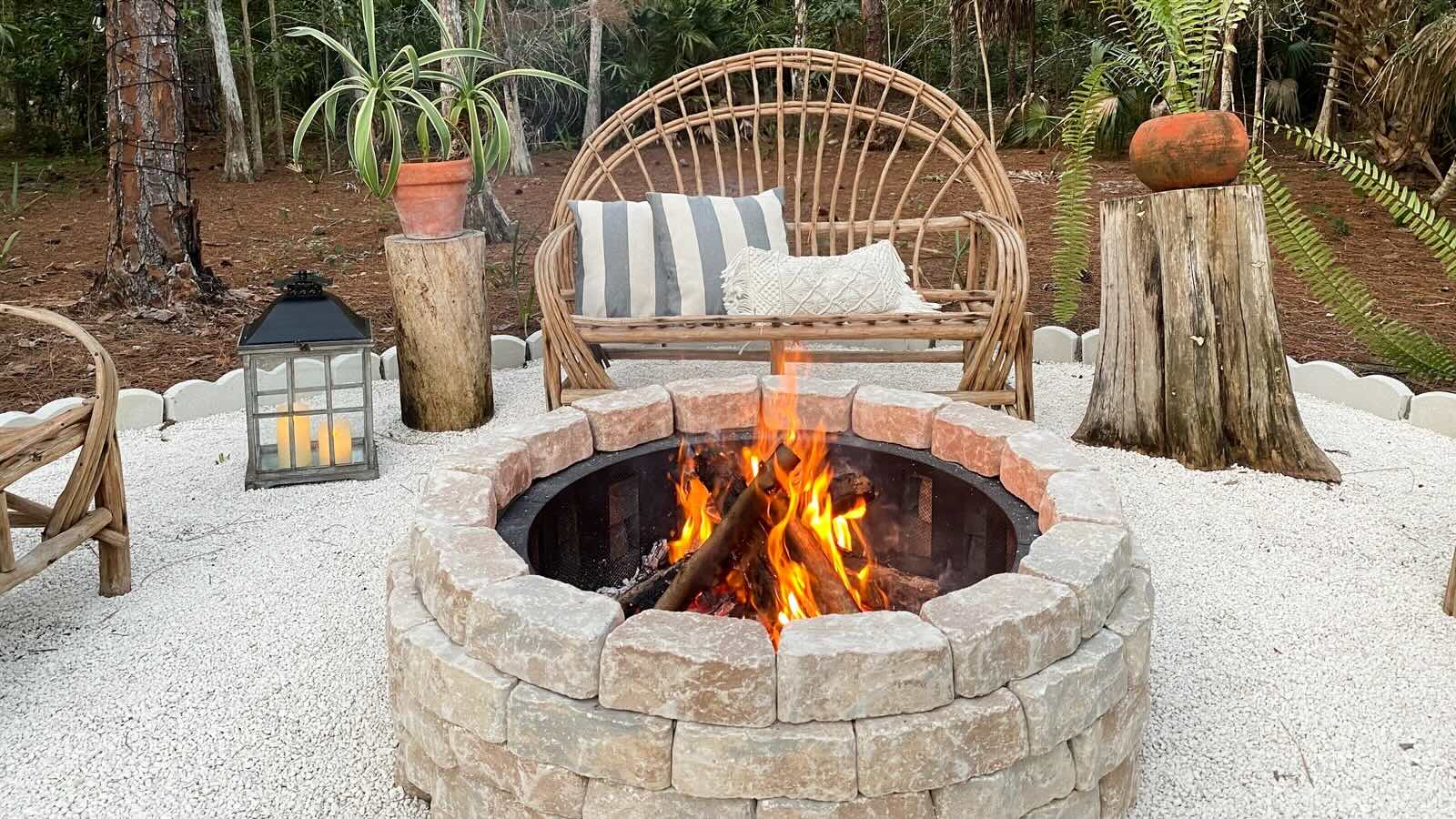
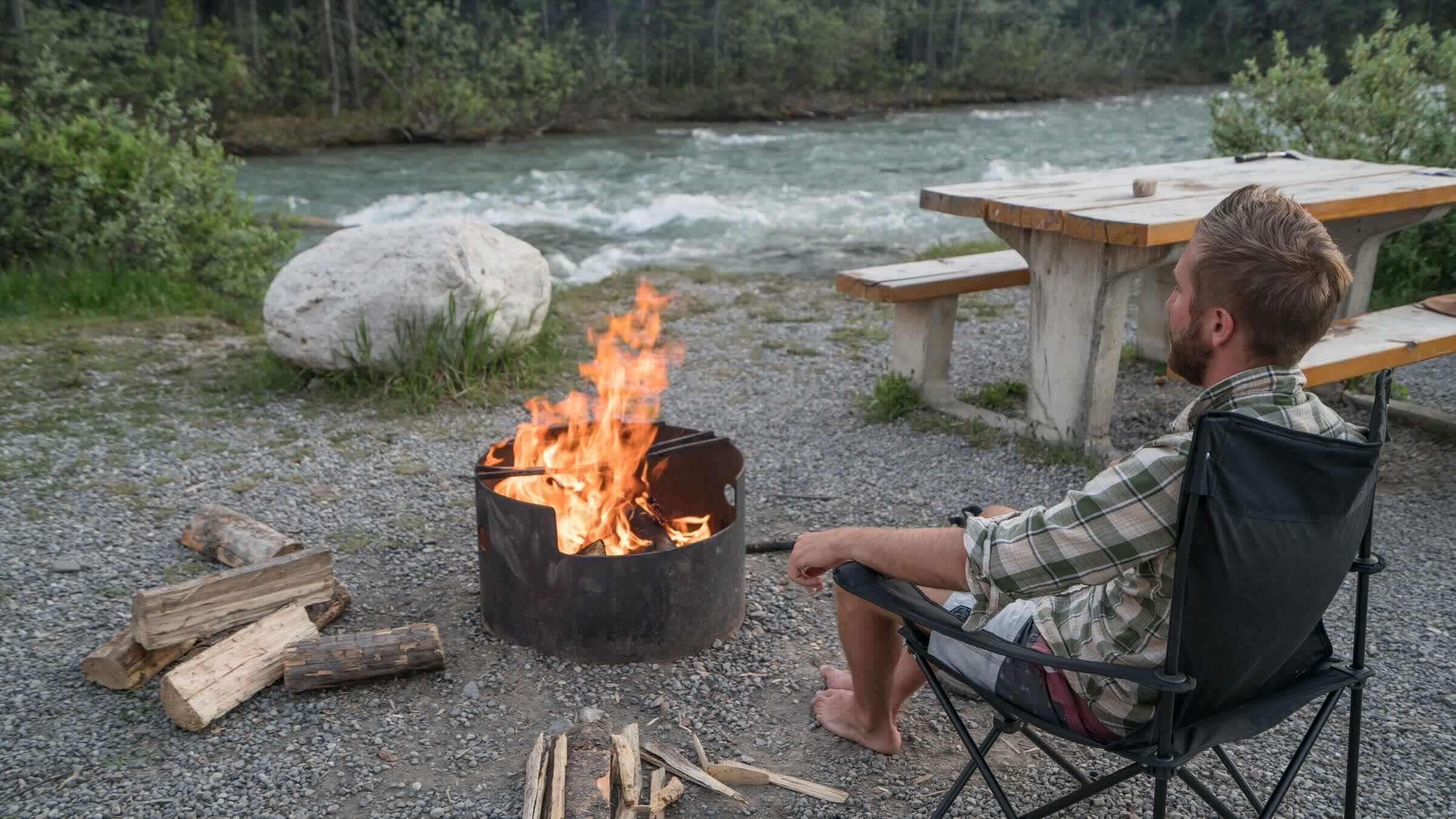
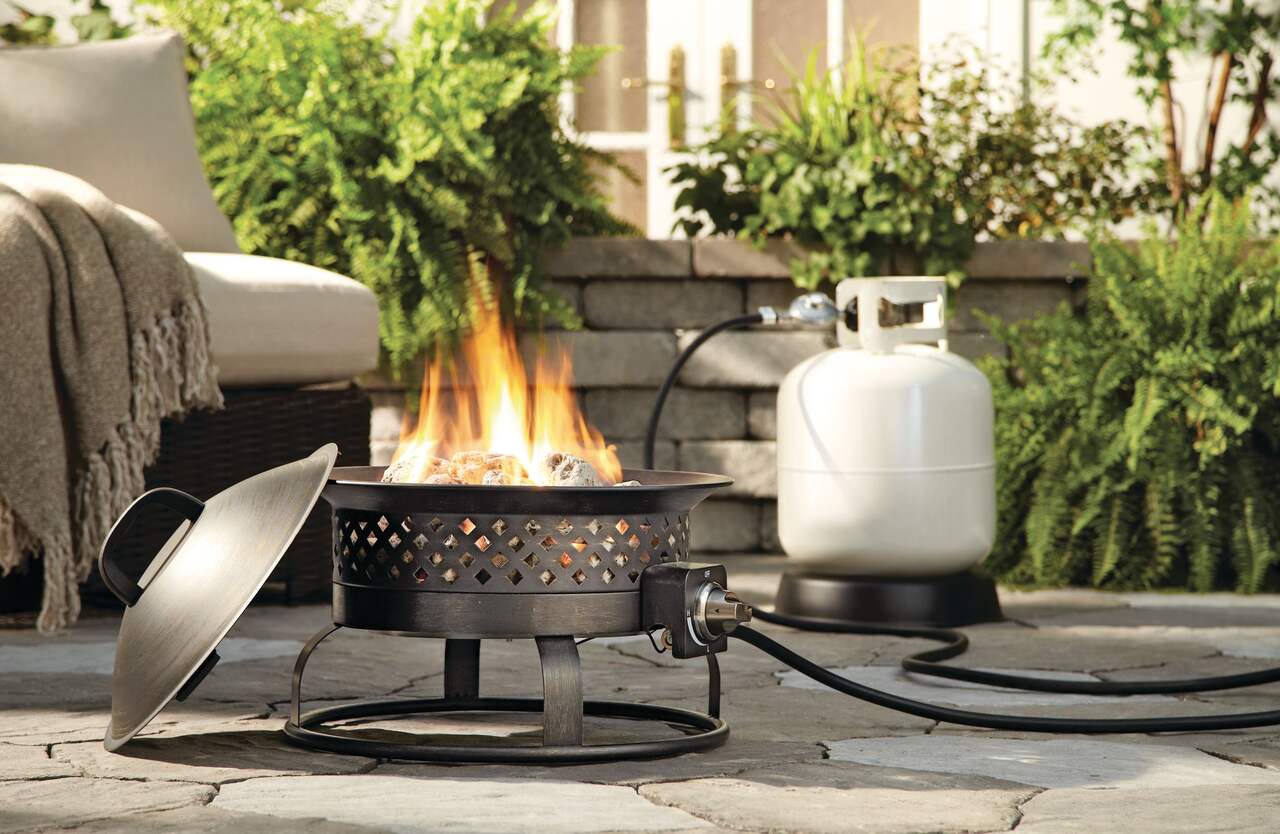
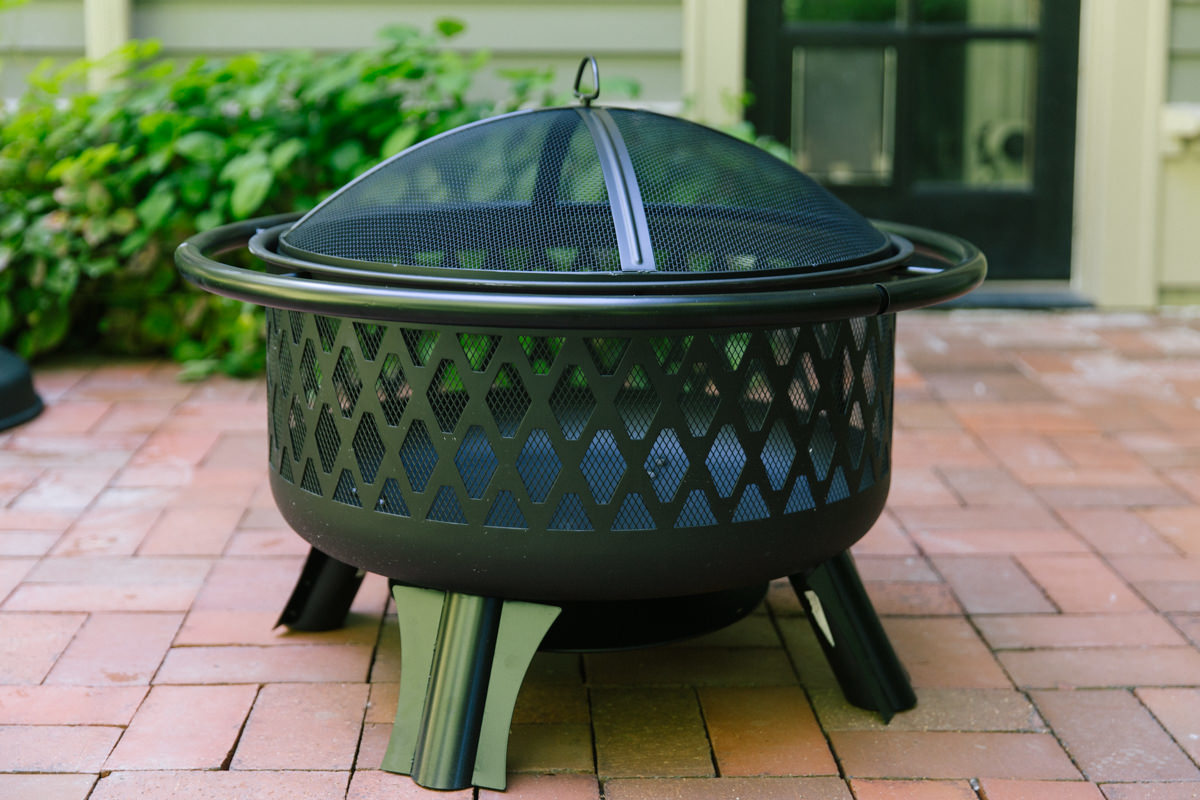
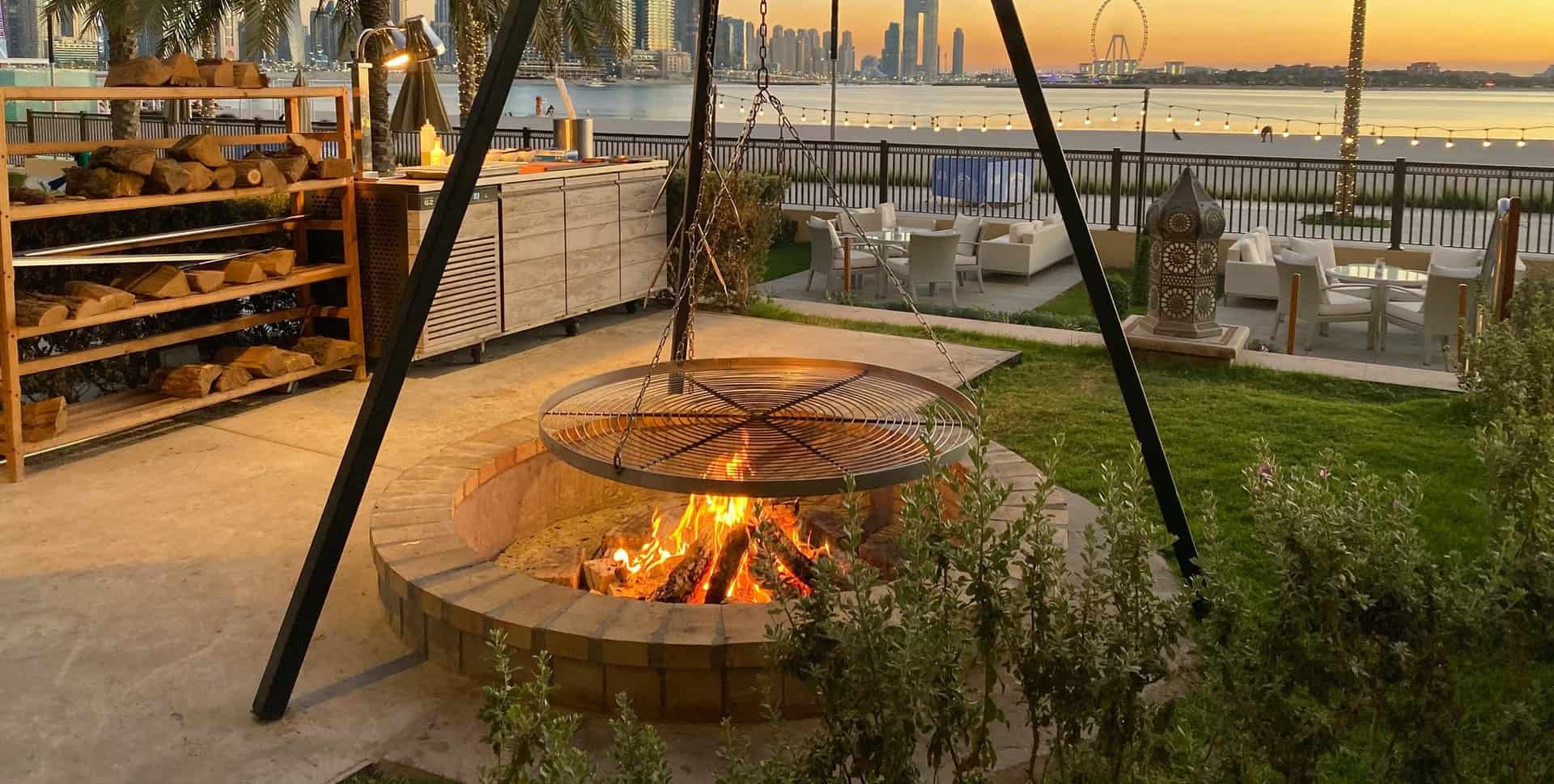

0 thoughts on “How Many Blocks For A Fire Pit”